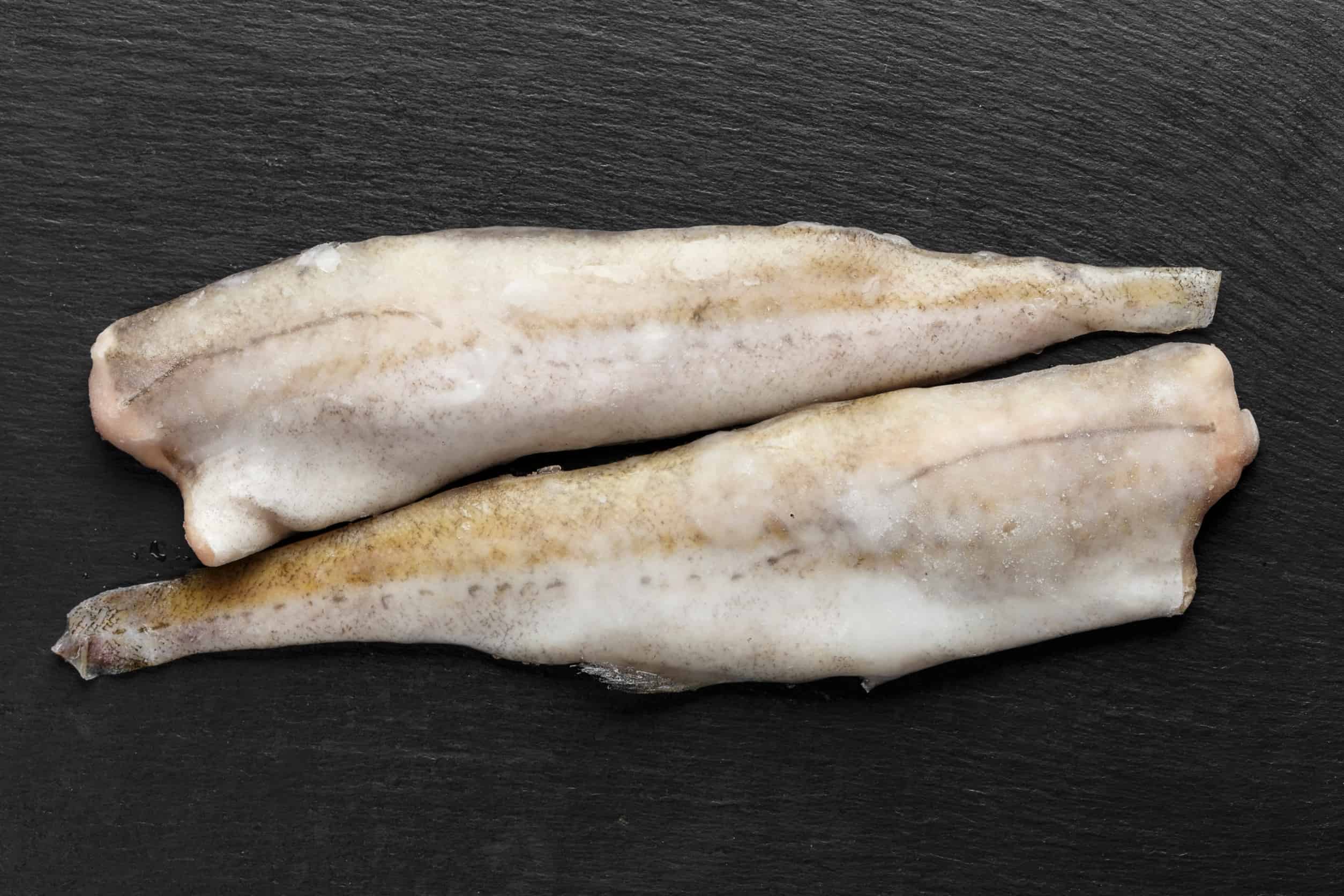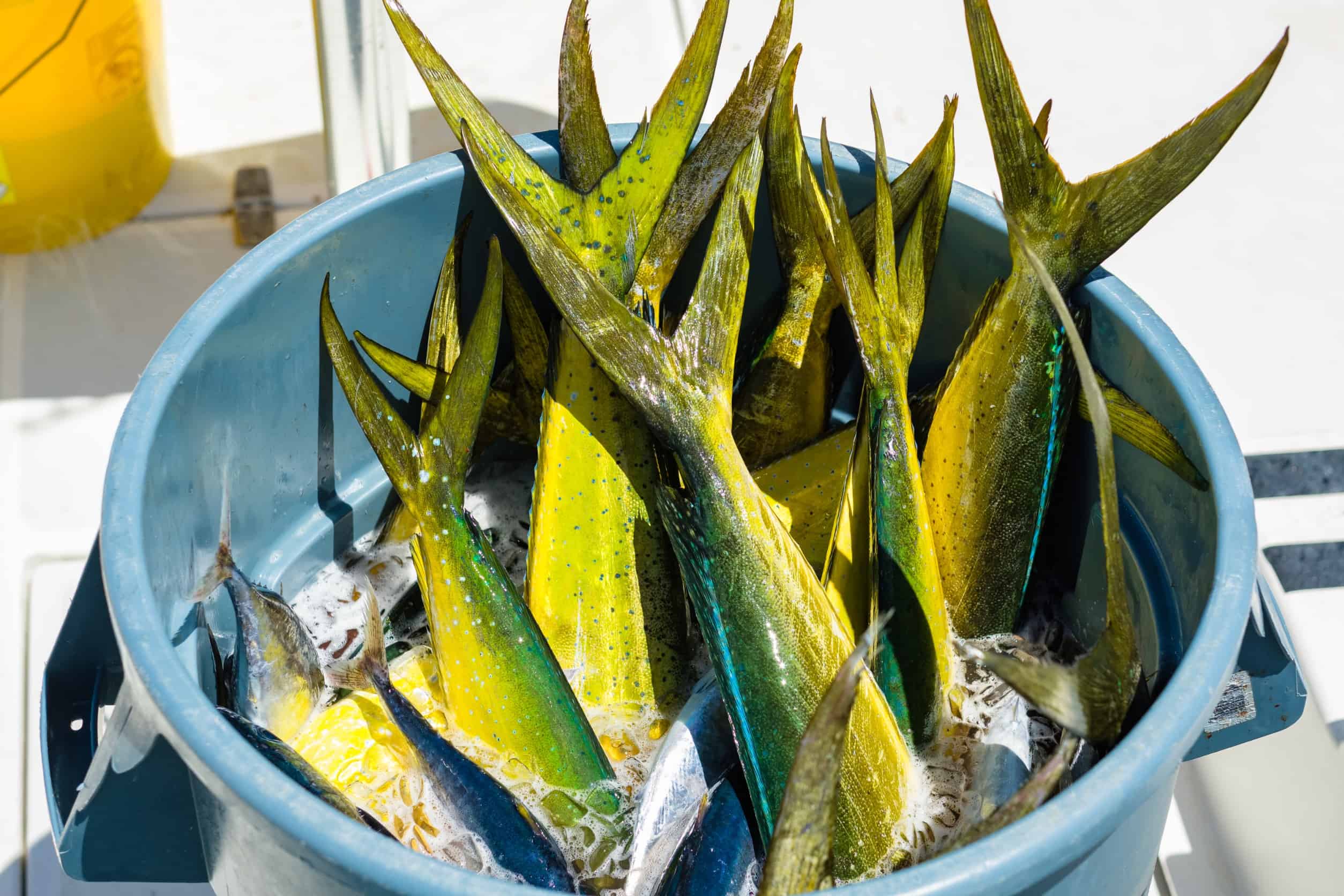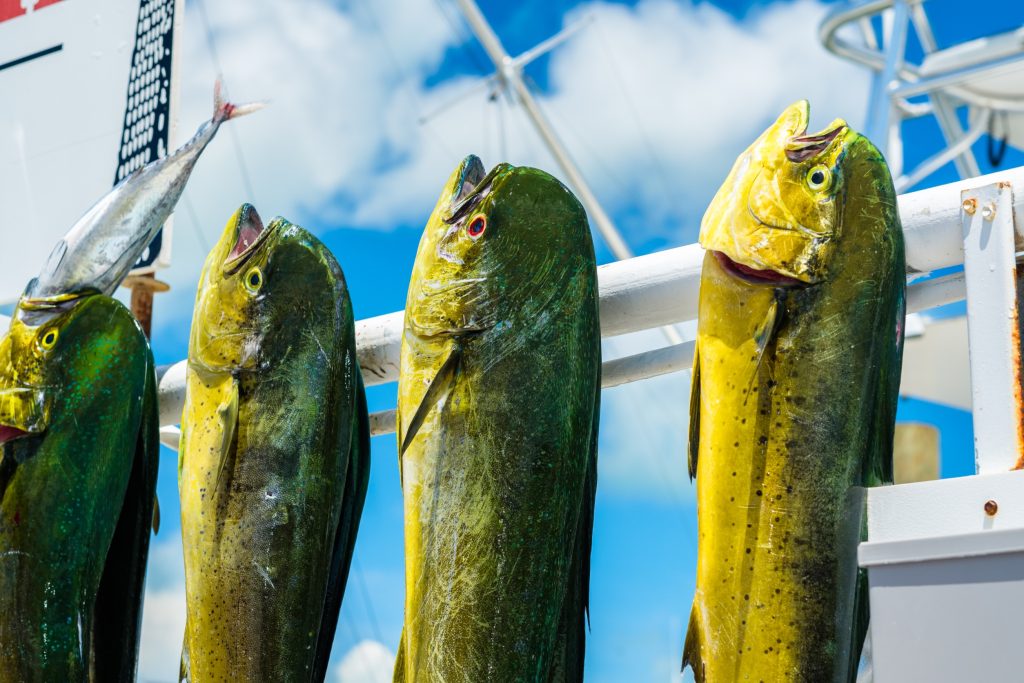With the growing popularity of Japanese dishes in the United States, many people are getting interested in turning their favorite fish into sushi or sashimi for dinner.
One such fish that is gaining attention for this purpose is Mahi-mahi because it is widely available in markets all throughout the country.
Mahi-mahi is known for its firm flesh and mild flavor, so it is often grilled or baked with flavorful spices and condiments that can highlight its natural taste.
But when it is used in dishes like ceviche or sushi, its delicate flavor and texture can be showcased in new and exciting ways that will give you a unique dining experience.
However, it is important for you to make sure that the Mahi-mahi you buy from the market is fresh and has been handled properly.
That way, you can avoid any health risks and foodborne illnesses, especially when you will be consuming them raw.
Whether you are a fan of Mahi-mahi or just looking to expand your culinary repertoire, this guide will have everything that you need to know so you can enjoy this versatile fish at home.
Risks Associated with Eating Mahi-Mahi Raw

Consuming raw fish is becoming the norm in many parts of the world, including the United States, where sushi is eaten at least once a month, according to a 2016 survey by Statista.
However, Mahi-mahi, like all other fish, can pose a health risk to unknowing individuals who consume them raw.
So to help you make an informed decision about your diet, below are the health concerns that you should be aware of.
-
Parasites
When it comes to eating raw fish, Mahi-mahi is no exception. These flavorful fish can contain parasites like Anisakis and other dangerous worms that can be easily transmitted to humans, especially if they aren’t frozen properly.
Those parasites can cause severe abdominal pain, nausea, vomiting, and even bowel obstruction when ingested.
In some cases, it can even lead to death, especially for children and people with weakened immune systems.
-
Bacteria
In addition to parasites, raw Mahi-mahi that wasn’t handled properly can also contain bacteria like Salmonella and Vibrio parahaemolyticus.
When ingested, these can cause fever, vomiting, and diarrhea. Cases that are left untreated can lead to hospitalization and, in some cases, death.
-
Viruses
Although rare, raw Mahi-mahi can also contain viruses such as Hepatitis A and Norovirus that would have otherwise been killed if it was cooked properly.
Preparing Mahi-Mahi for Raw Consumption

If you choose to eat raw fish anyway despite the risks associated with it, here are some things that you have to keep in mind so you can be as safe as possible.
1. Sourcing
The place you buy your fish from is one of the most essential things you have to consider. Only buy from trusted local markets, reputable fishmongers, and grocery stores that uphold a great safety standard.
If the fish has cloudy eyes, soft flesh, or a strong odor, it may have already started spoiling. So don’t be afraid to be picky and choose only the freshest catch.
After all, it’s your health that will suffer in the long run if you consume rancid fish full of parasites.
2. Storage
According to the FDA, it is extremely important to only consume raw seafood that has been frozen beforehand.
Flash-freezing kills off parasites and most harmful germs, so it’s a great way to ensure your health and safety when consuming Mahi-mahi raw.
With that in mind, Mahi-mahi should be wrapped in plastic or placed in an airtight container when stored inside the fridge. For best results and maximum freshness, you should also consume it within two days of purchase.
When stored in the freezer, it can last up to six months, but you should expect the fish to have a gradual change in quality the longer you leave it frozen.
3. Cleaning
Like any other fish, Mahi-mahi should be cleaned thoroughly before being used for any type of dish.
Simply rinse the fish under cold water and pat it dry with paper towels before proceeding to cut it into thin slices.
4. Handling and Cutting
When preparing your Mahi-mahi at home, it is crucial to handle it properly to prevent contamination.
A good rule of thumb is to always wash your hands, utensils, and any other cutting surfaces that come into contact with the fish. You should also avoid using the same knife to cut another food item.
By following these tips, you can ensure that Mahi-mahi is prepared safely and properly for raw consumption. However, it is still important to keep in mind that the safest way to prepare this fish is to cook it at an internal temperature of 145°F (63°C).
Final Thoughts
While the idea of consuming raw Mahi-mahi may be appealing, it is important to consider the potential risks associated with it.
Raw Mahi-mahi can harbor harmful parasites, bacteria, and viruses that can cause serious foodborne illnesses. So if you are determined to eat it raw, there are things you have to keep in mind to minimize those risks.
That includes purchasing from a reputable source, handling and storing the fish properly, and making sure to freeze it before consuming.

